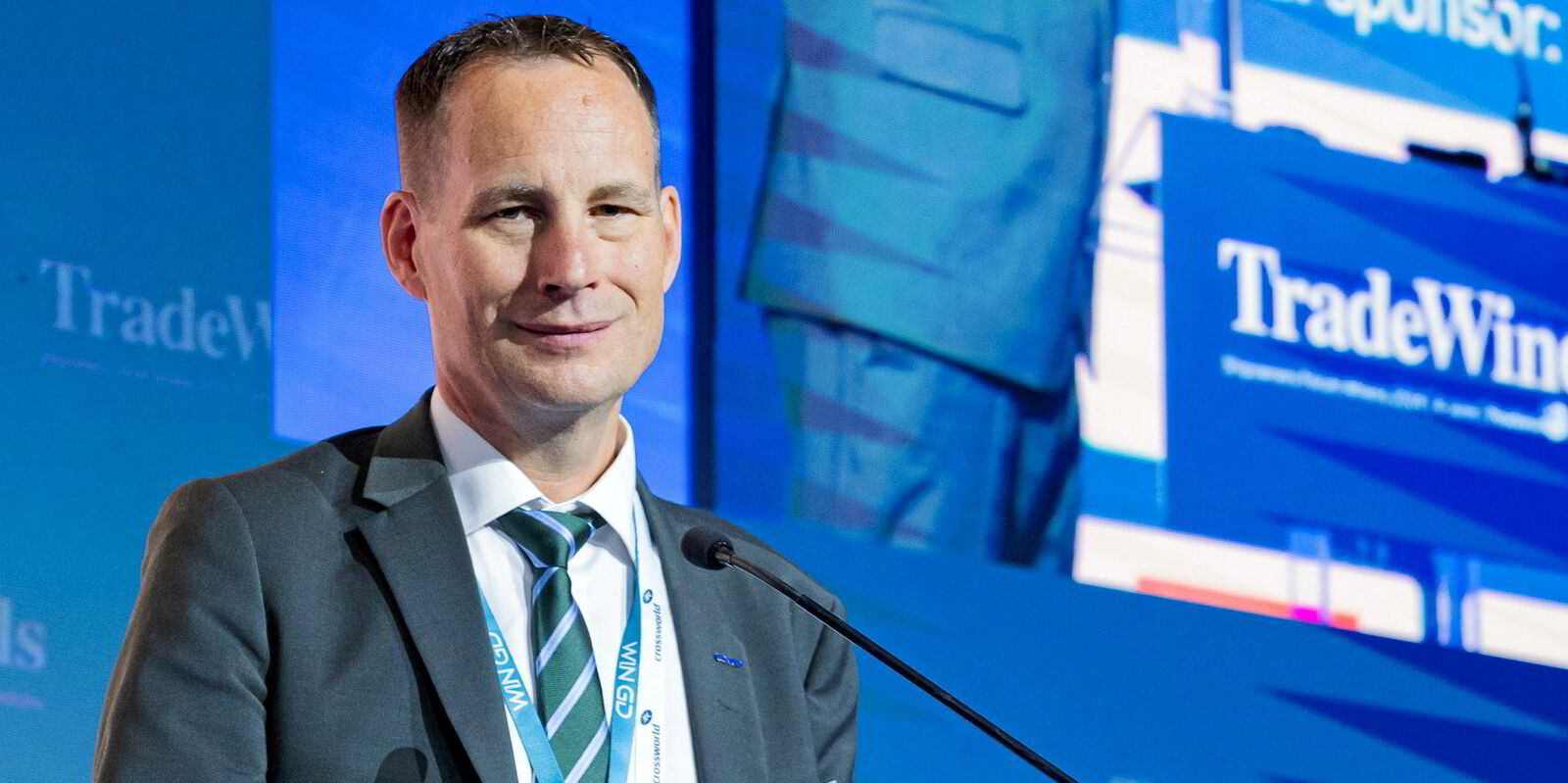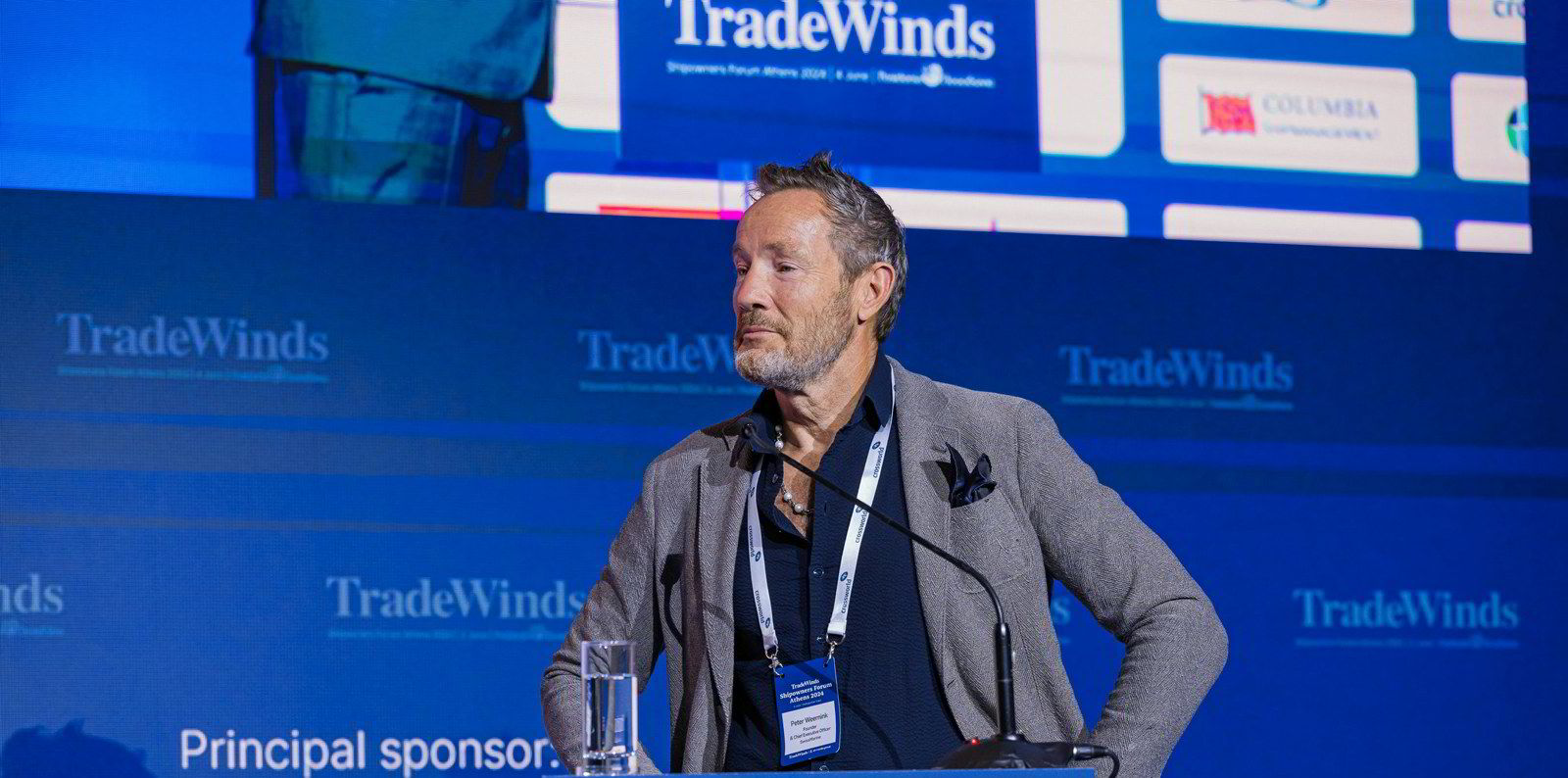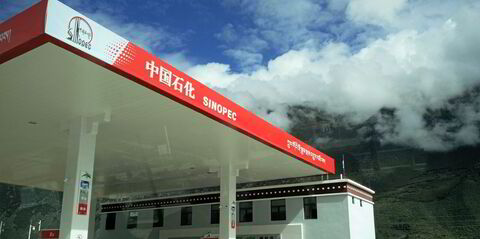New fuel-ready notations from classification societies are too vague and too varied, according to WinGD chief executive Dominik Schneiter.
Many owners are opting to order newbuildings that have a fuel-ready notation, whether LNG, methanol or ammonia, but occasionally ethane or LPG, meaning they may be able to use these fuels after conversion, but cannot on delivery from the shipyard.
However, they then go to the classification societies and pay to have a fuel-ready notation to demonstrate these vessels are modern and future-proof.
These notations need to be harmonised as they create confusion in the market, Schneiter said, pointing to the additional confusion of some class societies potentially having multiple levels of readiness notations that can be applied for.
Talking to TradeWinds after his panel at the TradeWinds Shipowners Forum in Athens, Schneiter noted that one owner might undertake the complex task of designing and building a ship to accommodate extra fuel space, piping arrangements, safety requirements, and fuel system rooms, but without investing in a new engine and fuel tank.
Meanwhile, he said, another owner could aim for a methanol or ammonia-ready notation with only minimal piping modifications, yet both would claim their vessels are future-proof.
Although the newbuilding orderbook for methanol-fuelled ships now outweighs the orders for those able to use LNG, there remains uncertainty among shipowners about the investment case for ordering ammonia or methanol-fuelled vessels.
Schneiter said the trend has begun to be that owners plan on ordering more traditionally fuelled, or LNG dual-fuelled ships, for lower capital investment than a methanol or ammonia-fuelled vessel. They then plan on making retrofits during the ship’s first scheduled dry dock after five years and further adaptations to fuels after 10 years, often accounted for on the operational expenditure balance sheet, he added.
WinGD is about to finalise its tests of a dual-fuelled ammonia engine, but with such low initial take-up, Schneiter admitted that it will be after 2030 before the company begins to make any profit on its ammonia-engine research and development.
New fuel-ready notations from classification societies are too vague and too varied, according to the WinGD chief executive.




